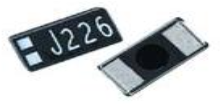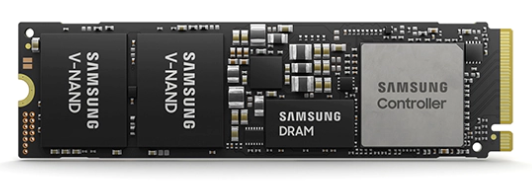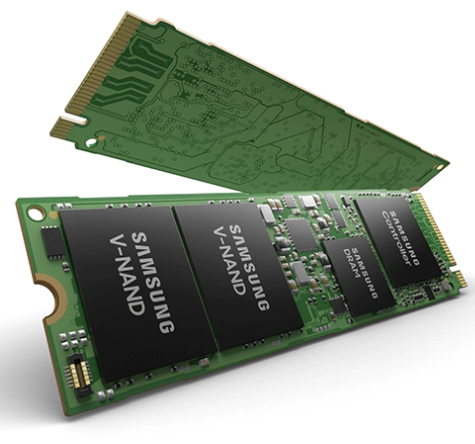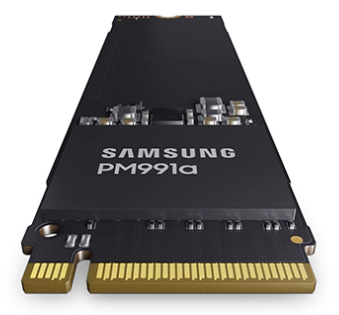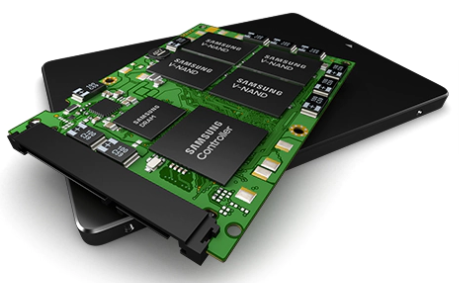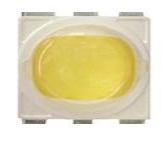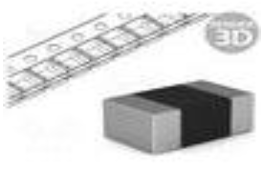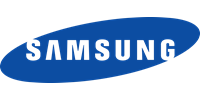
Samsung Electronics Co., Ltd. is a South Korean multinational electronics corporation located in the Yeongtong District of Suwon. Samsung is a key producer of electronic components for Apple, Sony, HTC, and Nokia, including lithium-ion batteries, semiconductors, image sensors, camera modules, and screens. Since 2006, Samsung has been the world's largest television manufacturer, and from 2011 through 2021, it has been the world's leading mobile phone manufacturer.
Catalog
Ⅰ Samsung Semiconductor Company Profile
Ⅱ Samsung Semiconductor Products
Ⅲ Samsung Semiconductor Applications
Ⅵ Samsung Semiconductor Address
Ⅶ Samsung Semiconductor Alternate Names
Ⅰ Samsung Semiconductor Company Profile
Introduction
Samsung Electronics Co., Ltd. (Korean: ????; Hanja: 三星電子; RR: Samseong Jeonja; lit. "tristar electronics ", sometimes shortened to SEC and stylized as SΛMSUNG) is a South Korean multinational electronics corporation located in the Yeongtong District of Suwon. It is the crown jewel of the Samsung chaebol, generating 70% of the company's sales in 2012. Because of its circular ownership, Samsung Electronics Semiconductor has played a vital role in the group's corporate governance. Samsung Electronics employs over 290,000 people and has assembly plants and sales networks in 74 countries. Foreign investors own the majority of the company. By revenue, it is the world's largest consumer electronics producer. Samsung Electronics is the world's second-largest technology firm by revenue, with a market value of US$520.65 billion, making it the world's 12th-largest company.
Samsung is a key producer of electronic components for Apple, Sony, HTC, and Nokia, including lithium-ion batteries, semiconductors, image sensors, camera modules, and screens. It is the world's largest manufacturer of mobile phones and smartphones, with to the success of the Samsung Galaxy brand of devices, which began with the original Samsung Solstice. The corporation is also a big seller of tablets, particularly its Android -powered Samsung Galaxy Tab line, and is credited with pioneering the phablet market with its Samsung Galaxy Note line of smartphones. It has also created 5G-capable smartphones, like the Galaxy S21 , as well as foldable phones, such as the Galaxy Z Fold 3.
Since 2006, Samsung has been the world's largest television manufacturer, and from 2011 through 2021, it has been the world's leading mobile phone manufacturer. It is also the largest memory chip manufacturer in the world, and from 2017 to 2018, it was the world's largest semiconductor corporation. briefly dethroning Intel, the long-time leader.
Samsung Semiconductor Careers
| • Research & development • Mechanical engineering/production management • Design | • Sales & marketing • General management |
Samsung Semiconductor Revenue
200.6 billion USD
2020
Samsung Austin Semiconductor
Samsung Austin Semiconductor is proud to be a member of the greater Austin community and we take our responsibility as a corporate citizen seriously. While Samsung Semiconductor Austin is aligned with the global vision of our parent company, Samsung Electronics, at Samsung Austin Semiconductor, we are also committed to serving our local community.
Ⅱ Samsung Semiconductor Products
| Image | Product | Description |
| TCSCN1E106MDAR | Tantalum capacitor |
| M378A1K43CB2-CPB | DRAM / Module |
| PM9A1 | The World's First PCIe? Gen4 NVMe? PC SSD |
| CL10C300JB8NNND | Multi-layer Ceramic Capacitor |
| CL03B222KP3NNND | Multi-layer Ceramic Capacitor |
| PM981a | The SSD that goes further |
| PM991/PM991a | Fitting storage for best performance |
| PM881 | Best choice for mainstream PCs |
| SPHWHTHAD605S0W0U4 | HV-AC HIGH POWER LED |
| CL21B563KBCNNNC | Multi-Layer Ceramic Capacitor (MLCC) |
Ⅲ Samsung Semiconductor Applications
| Applications | Desciption |
| Mobile Device | Users expect their mobile devices to take use of 5G and artificial intelligence (AI) for next-generation mobile experiences in the age of 5G and AI. Samsung semiconductors can connect to 5G networks and process the huge amounts of data required to support advanced AI features thanks to crucial components including processors, modems, and memory. |
| Server & Network | Samsung puts power and performance at the heart of its server and network semiconductor solutions, ensuring that enterprise users have access to quick, dependable, and cost-effective infrastructure solutions at all times. |
| PC | The capabilities of desktop and laptop computers are growing more powerful than ever before. Samsung's high-density DRAM and SSD are the keys to unlocking next-level computing performance, from complicated data processing to immersive home entertainment. |
| TV & Gaming | Samsung is responding with a slew of innovative products that are broadening the scope of television and gaming pleasure. With strong Digital TV SoCs and LPDDR4X memory, Samsung is spearheading the 8K revolution. Your content has more depth and detail because it can deliver smooth images at four times the resolution of 4K. Samsung is ready with sophisticated GDDR6 and NVMeTM SSDs that enable fast, efficient performance for the next generation of blockbuster titles as gamers demand ever more immersive gaming experiences. |
| Automotive | Artificial intelligence (AI) and 5G connectivity are transforming the automotive sector in unprecedented ways. Smart driving technologies that improve comfort and enjoyment, such as infotainment systems, telematics, and advanced driver-assistance systems (ADAS), are quickly becoming the norm as our understanding of what makes a "vehicle" expands beyond merely engines and mechanical elements. Samsung's industry-leading semiconductors provide a solid basis for the future of mobility, with a comprehensive portfolio of innovative automotive components. |
| 5G | 5G is no longer a futuristic technology. It's becoming a reality thanks to advancements in semiconductor technology. Samsung is leading 5G deployment not just in the mobile and network industries, but also in a range of fields including as servers, autos, and the Internet of Things, thanks to its broad array of semiconductor technologies. Learn how Samsung's broad semiconductor technologies can assist businesses in navigating this new era of communication. |
| AI | Artificial intelligence, or AI for short, is streamlining our work and daily lives in previously unimaginable ways. A new generation of intelligent machines is revolutionizing how we interact with and use technology, making our lives smarter every day. Continue reading to learn more about AI and how Samsung's semiconductor solutions are advancing it. |
| Big Data | The digital revolution has resulted in an avalanche of data. Organizations and corporations can gain useful insights to fuel growth by analyzing difficult data with big data analytics. Samsung is driving the use of big data in a variety of fields by being at the forefront of memory solutions. From high-performance computing to cutting-edge cloud computing and data center technologies, its broad range enables businesses to achieve their objectives by leveraging cutting-edge analytics. |
| PIM (Processing-In-Memory) | Samsung has been the first business in the industry to incorporate Processing-in-Memory (PIM) in High Bandwidth Memory (HBM) configurations, increasing AI capabilities. By incorporating an AI engine called the Programmable Computing Unit (PCU) in the memory core, PIM is able to handle some of the logic functions. PIM will encourage the adoption of AI applications that demand continual performance enhancements, such as smartphones, data centers, and high-performance computing (HPC). |
| EUV (Extreme Ultra Violet) | Higher performance in smaller sizes is becoming more important as memory-based technology advances in our data-driven environment. Samsung has pioneered EUV advanced processing to overcome DRAM scaling limits and to lead the next generation of memory manufacture. |
Ⅳ Samsung Semiconductor Stock
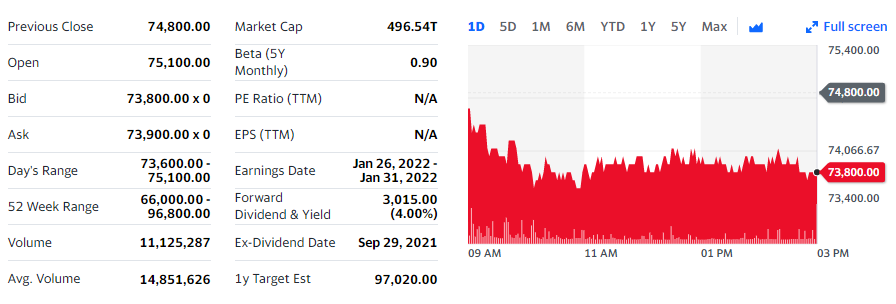
Stock
Ⅴ Samsung Semiconductor News
Samsung Develops Industry’s First LPDDR5X DRAM
on Nov 09, 2021
Samsung’s LPDDR5X DRAM will provide over 1.3x faster processing speeds and consume nearly 20% less power than the previous LPDDR5 solution
The LPDDR5X solution will broaden the use of high-performance, low-power memory beyond smartphones to AI and edge applications
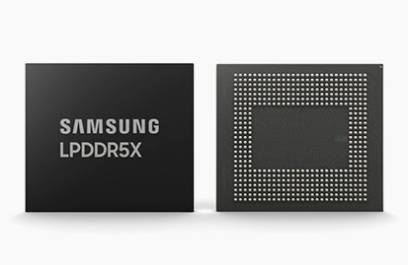
Samsung Electronics, the world leader in advanced memory technology, announced today that it has developed the industry's first 14-nanometer (nm) based 16-gigabit (Gb) Low Power Double Data Rate 5X (LPDDR5X) DRAM, which is designed to drive further growth across high-speed data service applications such as 5G, AI, and the metaverse.
"Hyperconnected market areas such as AI, augmented reality (AR), and the metaverse, which rely on highly fast large-scale data processing, have been quickly developing in recent years," stated SangJoon Hwang, Senior Vice President and Head of Samsung Electronics' DRAM Design Team. "Our LPDDR5X will expand the usage of high-performance, low-power memory beyond smartphones, bringing new capabilities to AI-based edge applications such as servers and even autos," says the company.
Samsung's LPDDR5X is a next-generation mobile DRAM that improves speed, capacity, and power efficiency for future 5G applications. Samsung introduced the industry's first 8GB LPDDR5 DRAM in 2018, and the company is now aggressively expanding beyond mobile markets with the introduction of the first 16GB LPDDR5X DRAM.
The LPDDR5X DRAM will have data processing capabilities of up to 8.5 gigabits per second (Gbps), which is more than 1.3 times quicker than the 6.4 Gbps of LPDDR5. It will utilize roughly 20% less power than LPDDR5 memory, thanks to the industry's most sophisticated 14nm DRAM production technology. Furthermore, the 16GB LPDDR5X chip will support up to 64 gigabytes (GB) per memory package, meeting the growing global need for higher-capacity mobile DRAM.
Ⅵ Samsung Semiconductor Address
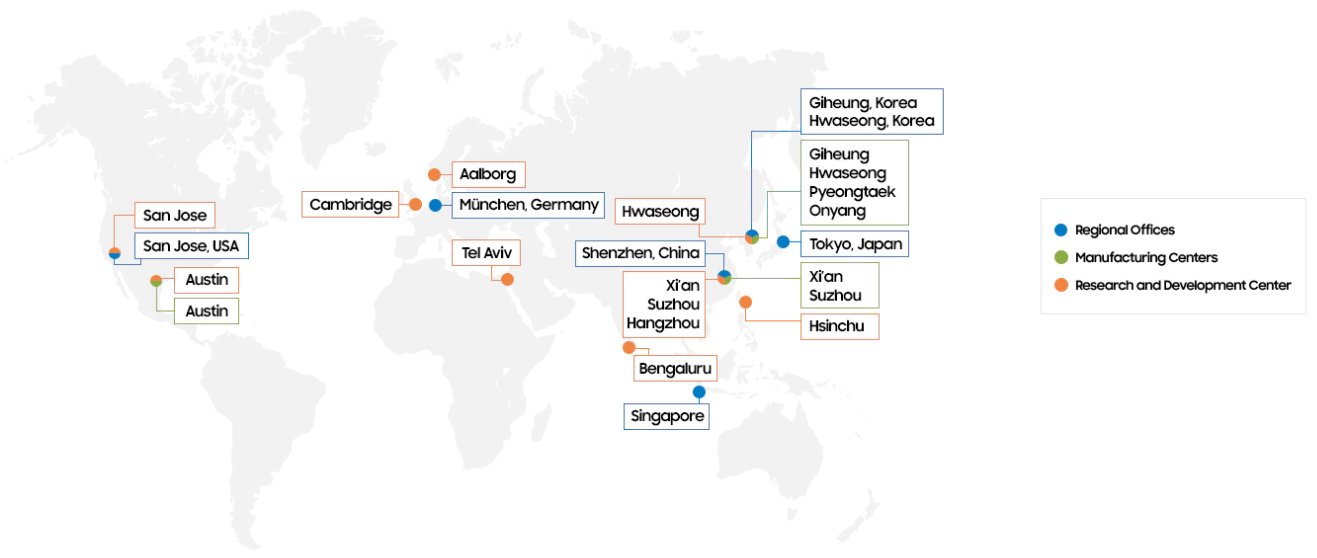
Ⅶ Samsung Semiconductor Alternate Names
Samsung Electro-Mechanics has several brands around the world that distributors may use as alternate names. Samsung Electro-Mechanics may also be known as the following names:
| Samsung Electro-Mechanics America Inc SAMSUNG EM SAMSUNG ELECTRO-MECH SAMSUNG PASSIVE SAMSUNGEM SAMSUNG ELECTRO-MECHANICS AMERICA IN | SAMSUNGEM (Other) SAMSUNG ELECTRONICS Samsung Electro-Mechanics GmbH Samsung Electro Mechanics Co Ltd SAMSUNG ELECTRO-MECHANICS LTD SAMSUNG ELECTRO-MECHNICS | SAMSUNG ELECTO-MECHANICS AMERICA INC ELECTRO MECHANICS Samsung Electro-Mechanics Electro-Mechanics SAMSUNG ELECTRO-ME Samsung Electro-Mechanics America-Inc |
1. Does Samsung make semiconductors?
Samsung said it plans to build a $17 billion semiconductor factory outside of Austin, Texas, amid a global shortage of chips used in phones, cars and other electronic devices. ... Samsung said it will start building the Texas plant next year and hopes to begin operations in the second half of 2024.
2. Where are Samsung Semiconductors made?
The Taylor site, about 16 miles from Samsung's current manufacturing site in Austin, is expected to serve as a key location for Samsung's global semiconductor manufacturing capacity along, with its latest new production line in Pyeongtaek, South Korea.
3. How many factories does Samsung have in China?
As of 2019, the company is not making any phones in the People's Republic. It previously had two factories in China but as Samsung's market share fell below 1% in the country, it had to scale back production. It no longer makes financial sense for Samsung to manufacture phones in China.


